Previous Day - Next Day

>“A man should never be ashamed to own he has been in the wrong, which is but saying, in other words, that he is wiser today than he was yesterday.”
“Mediocrity knows nothing higher than itself; but talent instantly recognizes genius.”
~ Arthur Conan Doyle
Wikiquote (Arthur Conan Doyle (DL (May 22, 1859 – July 7, 1930) a Scottish physician and writer, most noted for his stories about the detective Sherlock Holmes, generally considered milestones in the field of crime fiction, and for the adventures of Professor Challenger. He was a prolific writer whose other works include fantasy and science fiction stories, plays, romances, poetry, non-fiction and historical novels.)
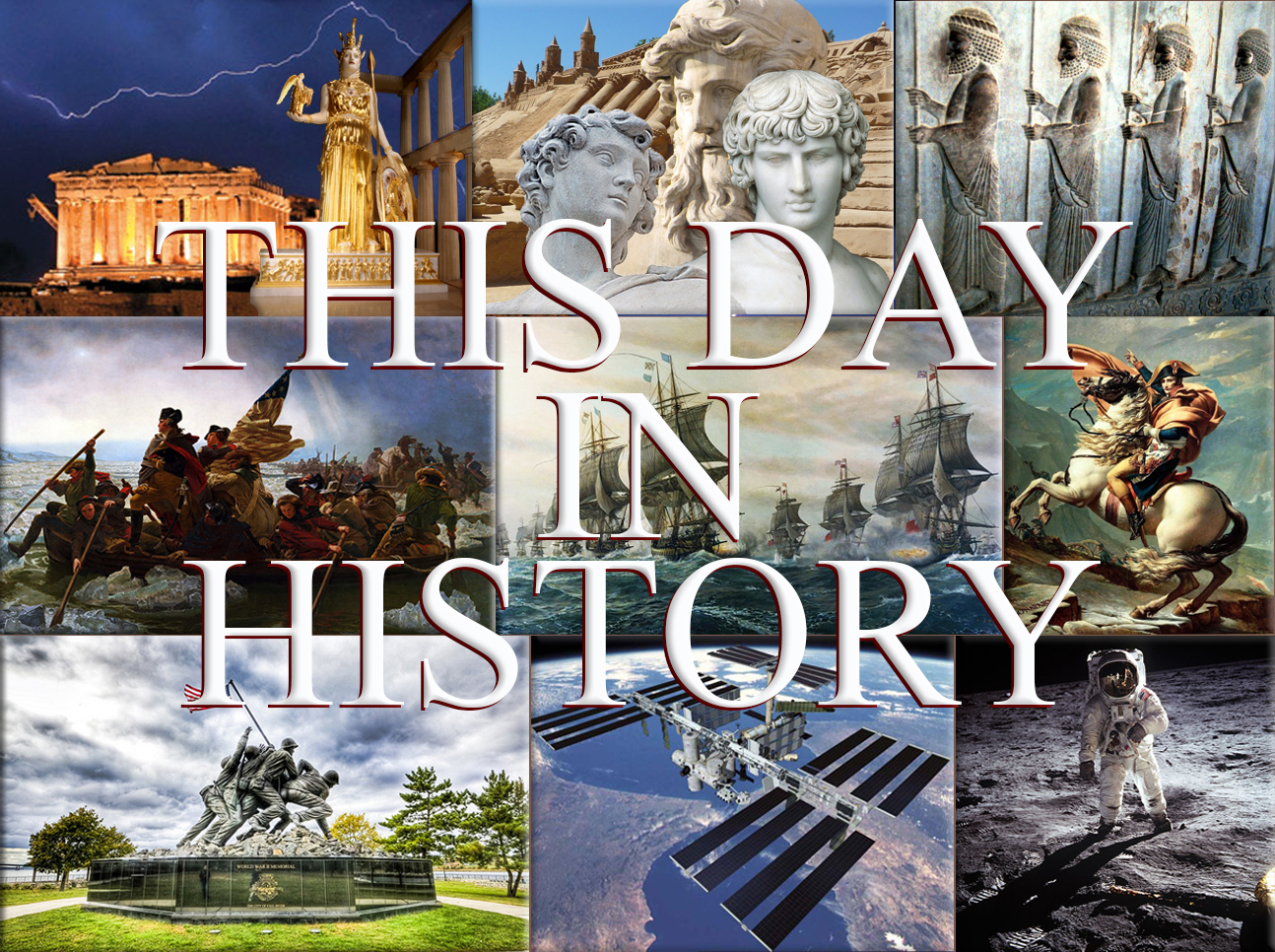
May 22nd, 334 BC
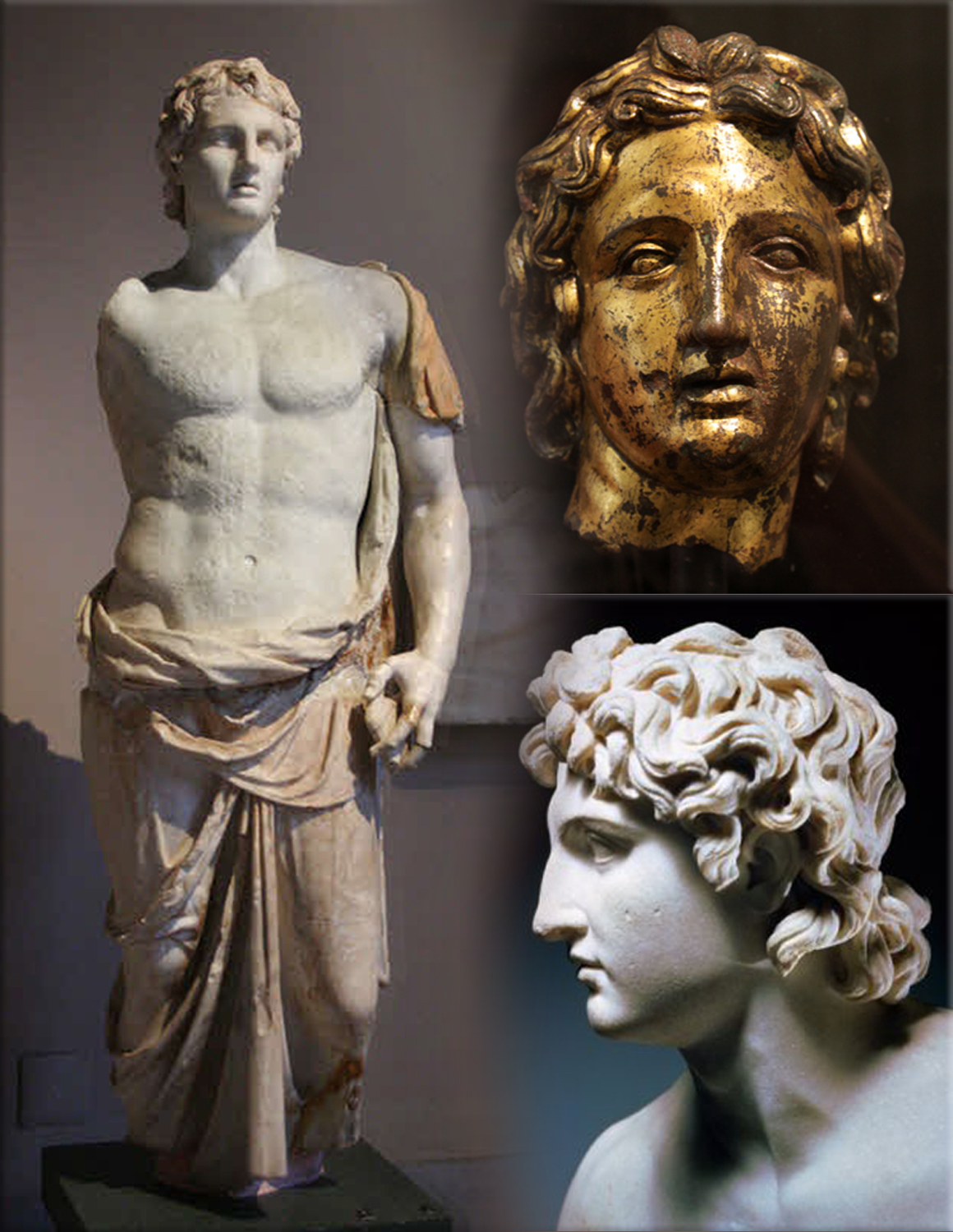
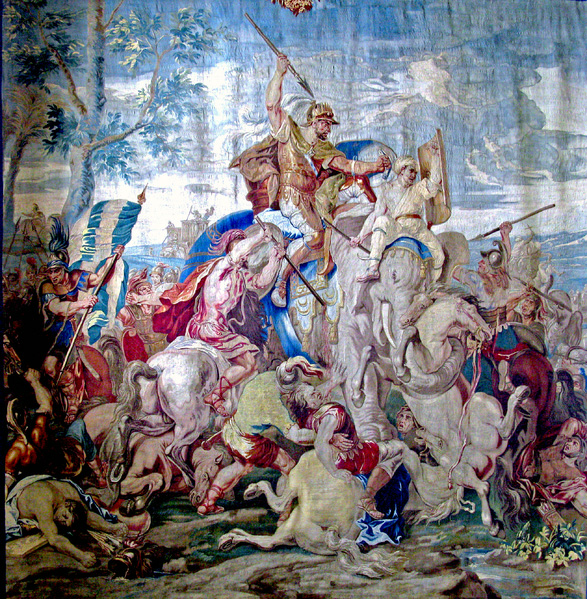
334 BC - Battle of the Granicus: The Macedonian army of Alexander the Great defeats Darius III of Persia.
Wikipedia
Image: Alexander the Great; Alexander III of Macedon (July, 20/21, 356 – June 10/11, 323 BC), commonly known as Alexander the Great from the Greek 'to defend, help' 'man', king of Macedon, a state in northern ancient Greece.
● Statue of Alexander in Istanbul Archaeology Museum
● Alexander the Great Golden Bust, National Roman Museum, in Rome, Italy. ●
● Painting: Battle of Gaugamela, Flemish tapestry, first half of XVIII century.
May 22nd, 853

Byzantine Empire (East Roman Empire):
853 - Sack of Damietta (853); A Byzantine fleet sacks and destroys undefended Damietta in Egypt.
Wikipedia Image: The Baptism of Constantine painted by Raphael's pupils (1520–1524, fresco, Vatican City, Apostolic Palace); Mural of Saints Cyril and Methodius, 19th century, Troyan Monastery, Bulgaria; Justinian I depicted on one of the famous mosaics of the Basilica of San Vitale, Ravenna; The Greek fire was first used by the Byzantine Navy during the Byzantine-Arab Wars (from the Madrid Skylitzes, Biblioteca Nacional de España, Madrid); Alexios I, founder of the Komnenos dynasty.
May 22nd, 1176

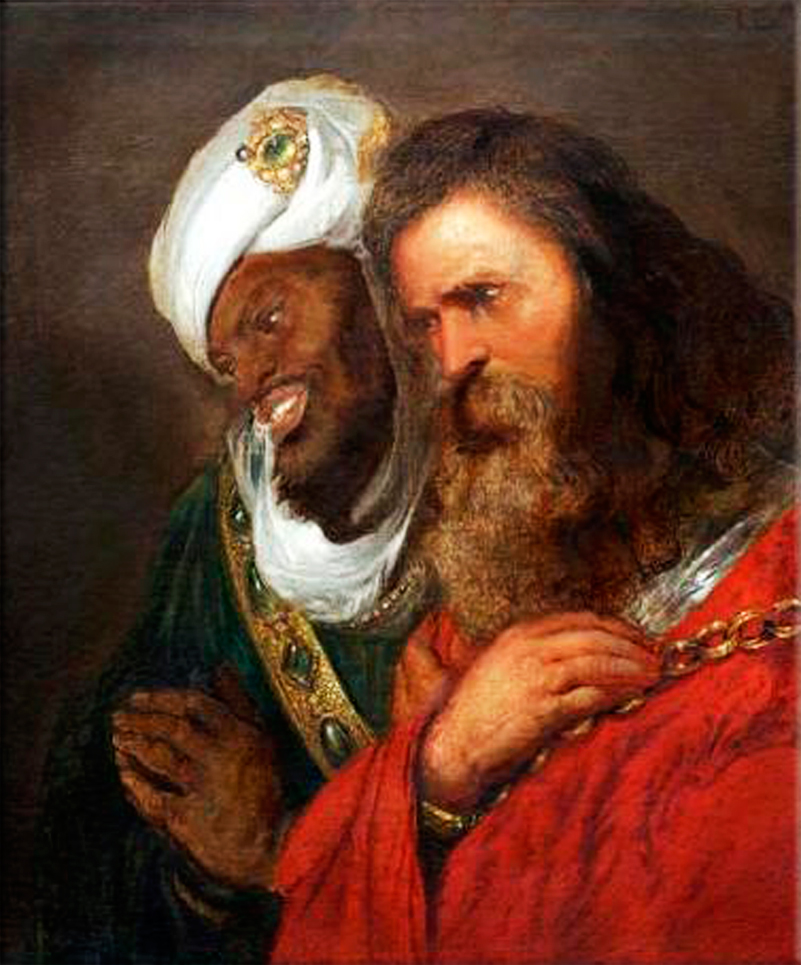
Crusades:
1176 - Hashshashin (Assassins) attempt to murder Saladin near Aleppo.
Wikipedia Image: The Siege of Antioch, from a 15th-century miniature; After the successful siege of Jerusalem in 1099, Godfrey of Bouillon, leader of the First Crusade, became the first ruler of the Kingdom of Jerusalem; Baldwin I of Jerusalem; Medieval image of Peter the Hermit, leading knights, soldiers and women toward Jerusalem during the First Crusade; The Battle of Ager Sanguinis, 1337 miniature; Pope Innocent III excommunicating the Albigensians, Massacre against the Albigensians by the crusaders; The capture of Jerusalem marked the First Crusade's success.
Third Crusade; depicting Saladin (1138 - 1193) holding Guy of Lusignan (1150 - 1194) captive in golden chains after the battle of Hattin in 1187. Guy of Lusignan is depicted wearing (Christian) royal red cloathes and Saladin is depicted wearing (Islamic) royal green cloathes, by Jan Lievens (1607-1674).
May 22nd, 1200
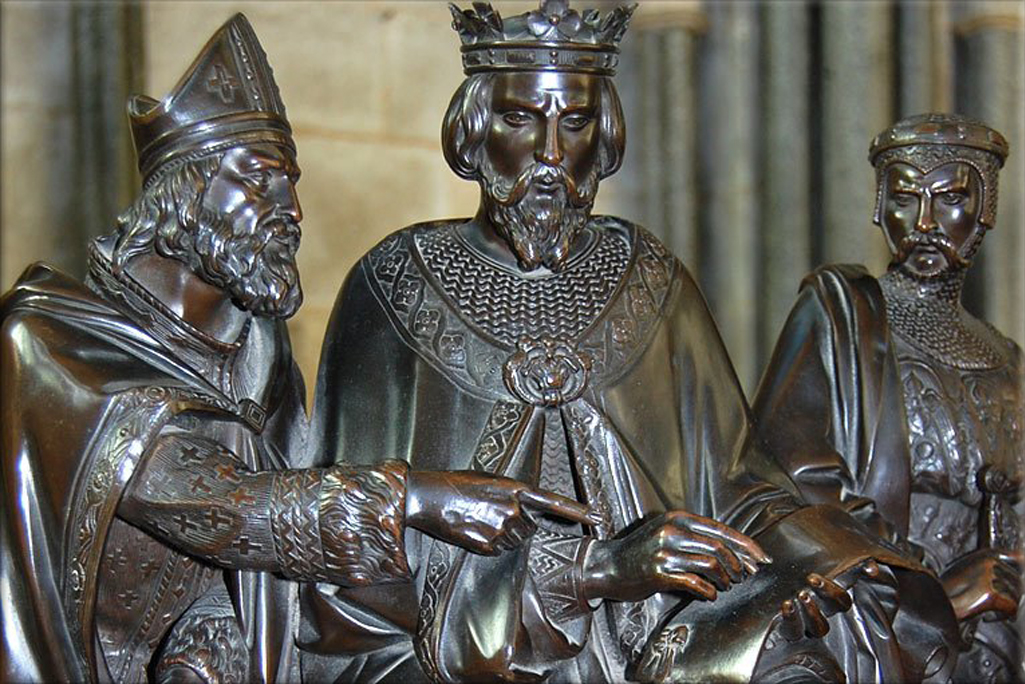
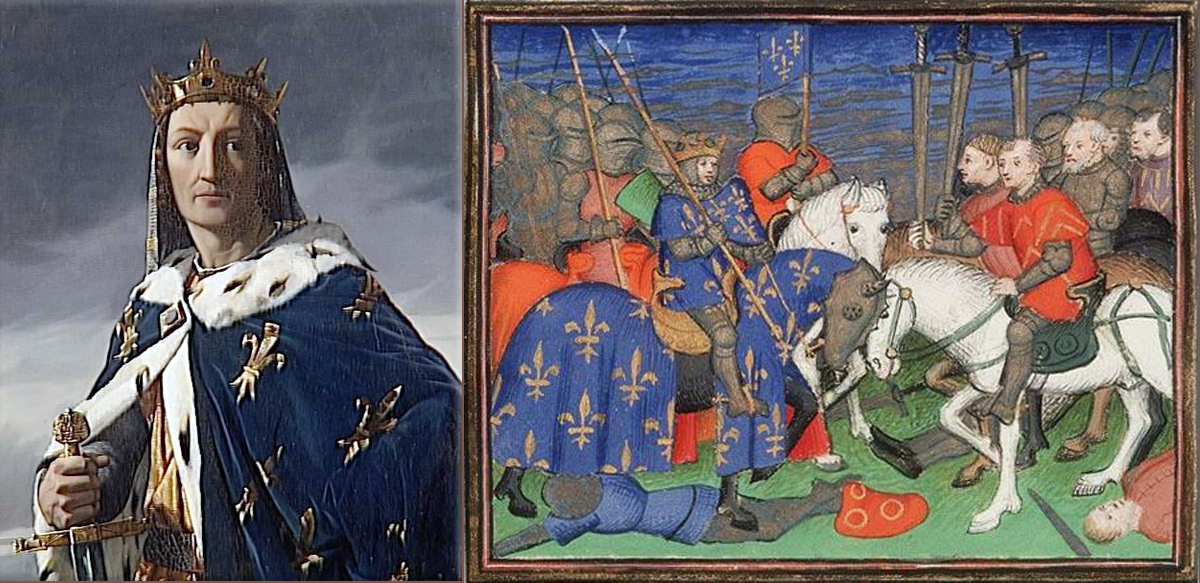
● King John of England and King Philip II of France sign the Treaty of Le Goulet.
Wikipedia Photo: Elias of Dereham, a steward to the Archbishop Stephen Langton with King John of England entrusted with delivering 10 of 13 copies of the Magna Carta. (The Magna Carta was the first document forced onto a King of England by a group of his subjects, the feudal barons, in an attempt to limit his powers by law and protect their privileges.)
King Philip II of France ● Philip II's victory at Bouvines.
May 22nd, 1254
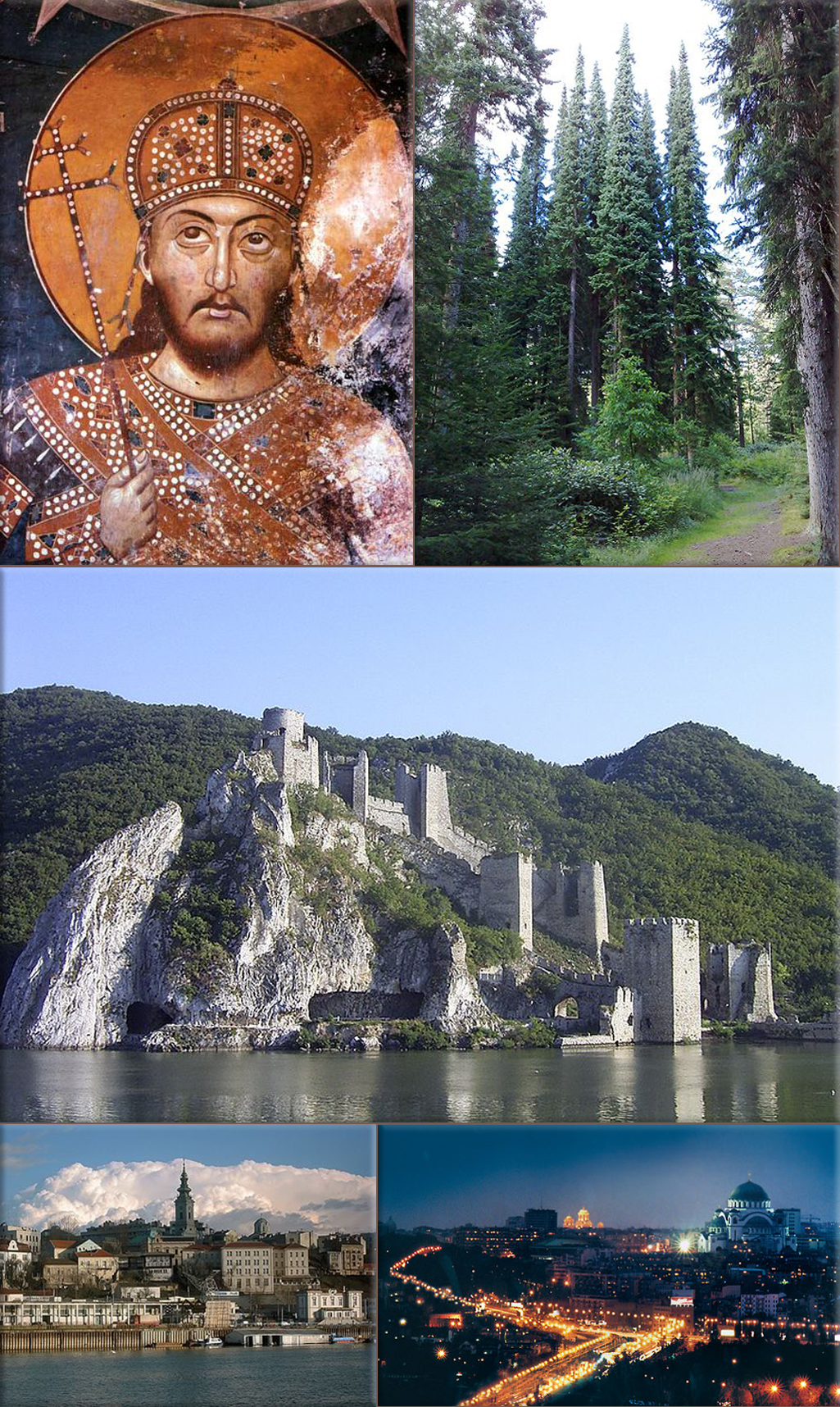
Serbian Empire:
Serbian King Stephen Uroš I and the Republic of Venice sign a peace treaty.
Wikipedia Image: ● Serbian Spruce trees ● Golubac Fortress, on the Danube river ● Belgrade.
May 22nd, 1377

Pope Gregory XI issues five papal bulls to denounce the doctrines of English theologian John Wycliffe.
Wikipedia.org Image: Papal bull: is a particular type of letters patent or charter issued by a Pope of the Catholic Church. (It is named after the lead seal (bulla) that was appended to the end in order to authenticate it.)
May 22nd, 1455
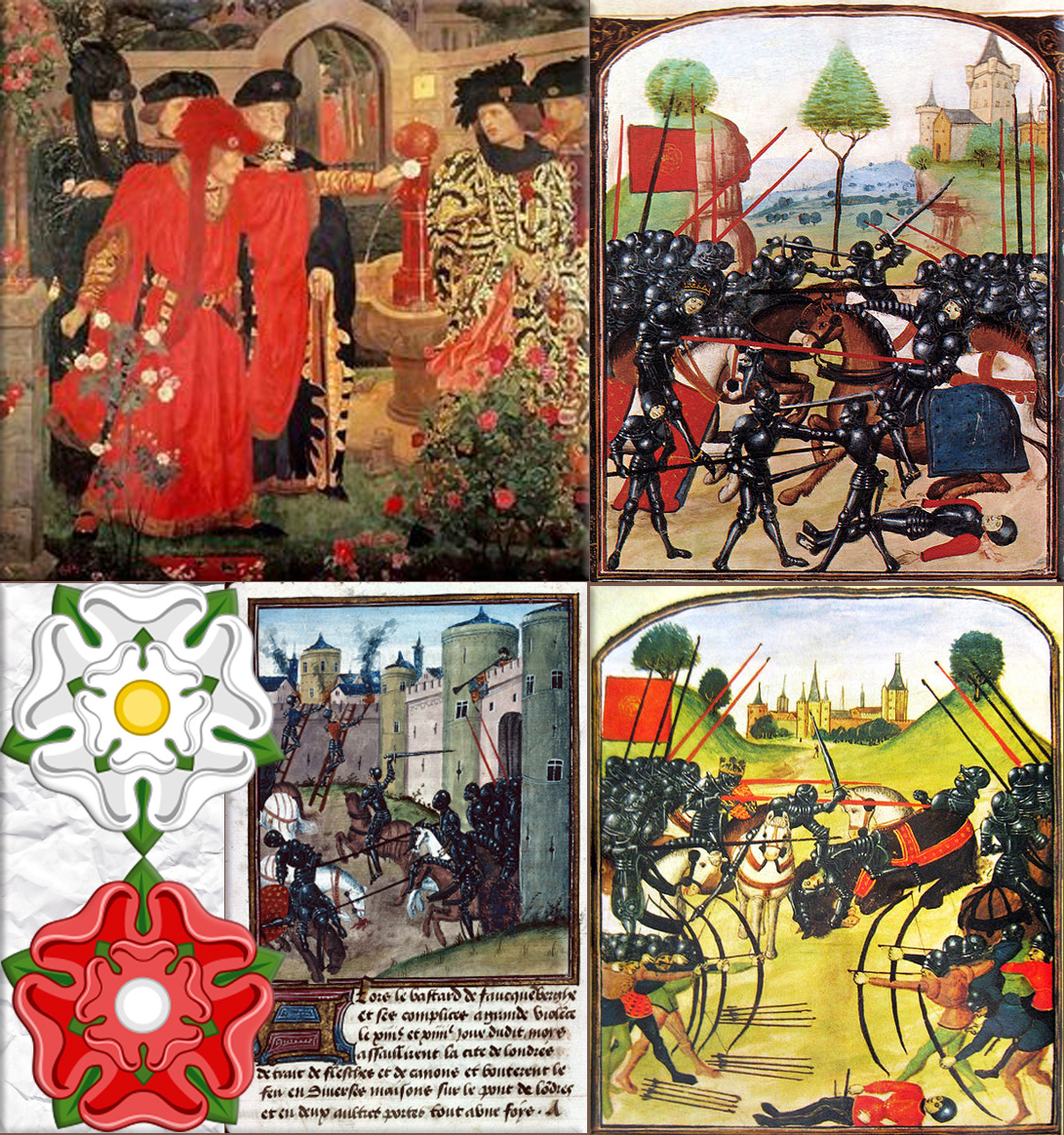
Wars of the Roses: 1455 - First Battle of St Albans; Richard, Duke of York, defeats and captures King Henry VI of England.
Wikipedia Image: Wars of the Roses; a series of dynastic wars fought between supporters of two rival branches of the royal House of Plantagenet: the houses of Lancaster and York (whose heraldic symbols were the "red" and the "white" rose, respectively) for the throne of England.
May 22nd, 1629
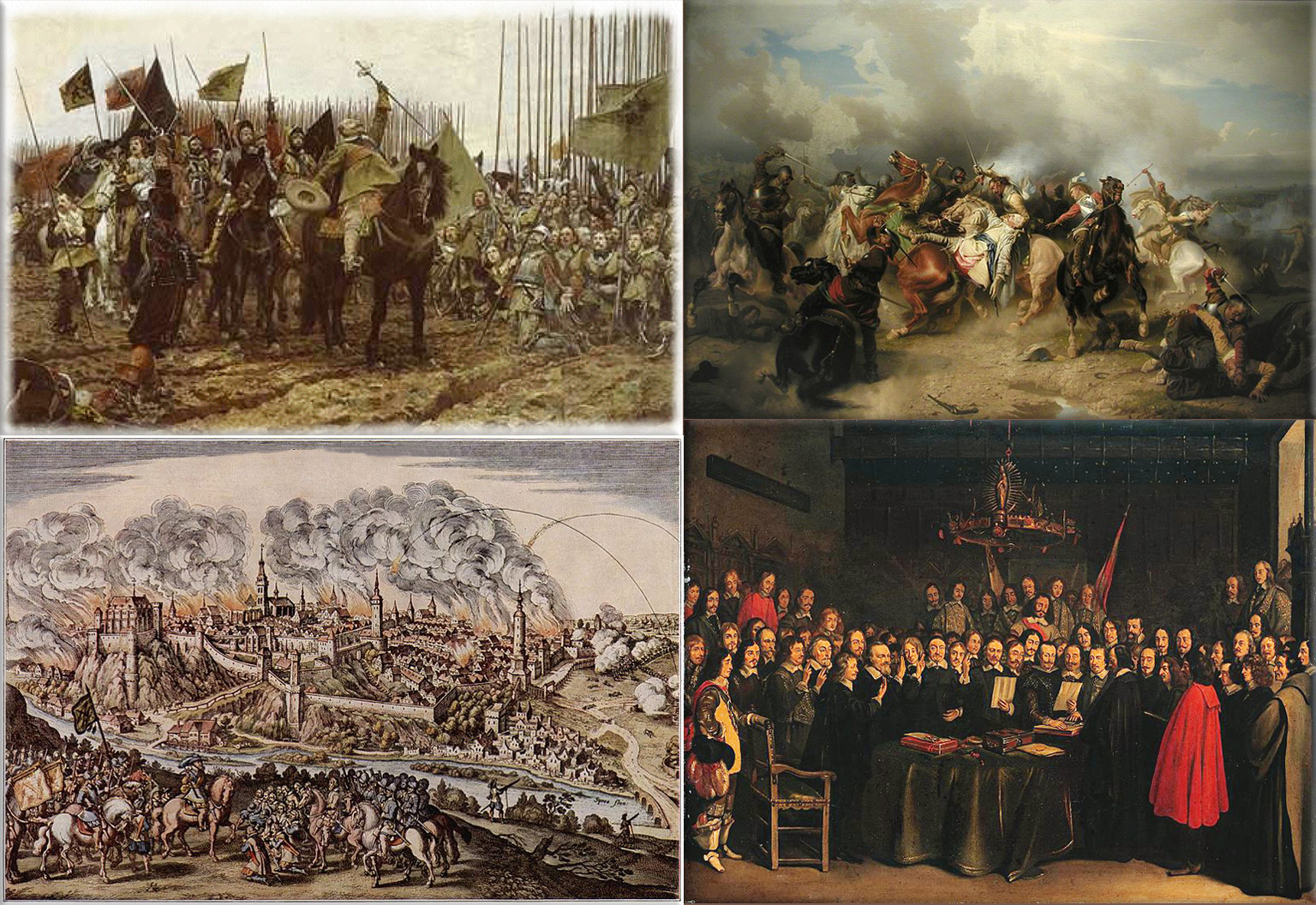
Thirty Years' War:
1629 - Emperor Ferdinand II & Danish King Christian IV sign the Treaty of Lübeck to end the Danish intervention.
Wikipedia Painting: Battle of Breitenfeld (1631), The victory of Gustavus Adolphus; Bautzen circa 1620, by Matthäus Merian; Battle of Lützen by Carl Wahlbom shows the death of King Gustavus Adolphus on 16 November 1632; Bautzen 1620, by Matthäus Merian; Peace of Westphalia, Ratification of the Peace of Münster.
May 22nd, 1809

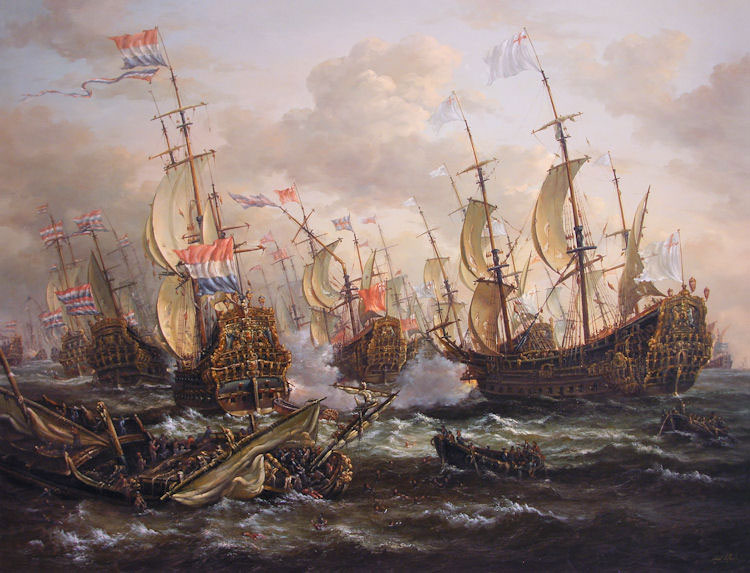
French Revolutionary Wars / Napoleonic Wars:
1809 - Battle of Aspern-Essling; On the second and last day of the battle (near Vienna), Napoleon is repelled by an enemy army for the first time.
Wikipedia Painting: Battle of Trafalgar: The British HMS Sandwich fires to the French flagship Bucentaure (completely dismasted) in the battle of Trafalgar;
Napoleon in Berlin (Meynier). After defeating Prussian forces at Jena, the French Army entered Berlin on 27 October 1806;
Battle of the Bridge of Arcole Napoleon Bonaparte leading his troops over the bridge of Arcole, by Horace Vernet;
Napoleon as King of Italy (Appiani);
Napoleon Crossing the Alps (David). In 1800 Bonaparte took the French Army across the Alps, eventually defeating the Austrians at Marengo;
Charge of the Russian Imperial Guard cavalry against French cuirassiers at the Battle of Friedland, 14 June 1807;
Battle of Borodino as depicted by Louis Lejeune. The battle was the largest and bloodiest single-day action of the Napoleonic Wars;
Napoleon's withdrawal from Russia, a painting by Adolph Northen;
Wellington at Waterloo by Robert Alexander Hillingford;
Napoleon is often represented in his green colonel uniform of the Chasseur à Cheval, with a large bicorne and a hand-in-waistcoat gesture.
Battle of the Nile (Battle of Aboukir Bay).
May 22nd, 1819

The U.S. vessel SS Savannah leaves port at Savannah, Georgia, United States, on a voyage to become the first steamship to cross the Atlantic Ocean. (The ship arrives at Liverpool, England on June 20.)
Wikipedia.org Image: The U.S. vessel SS Savannah
May 22nd, 1848
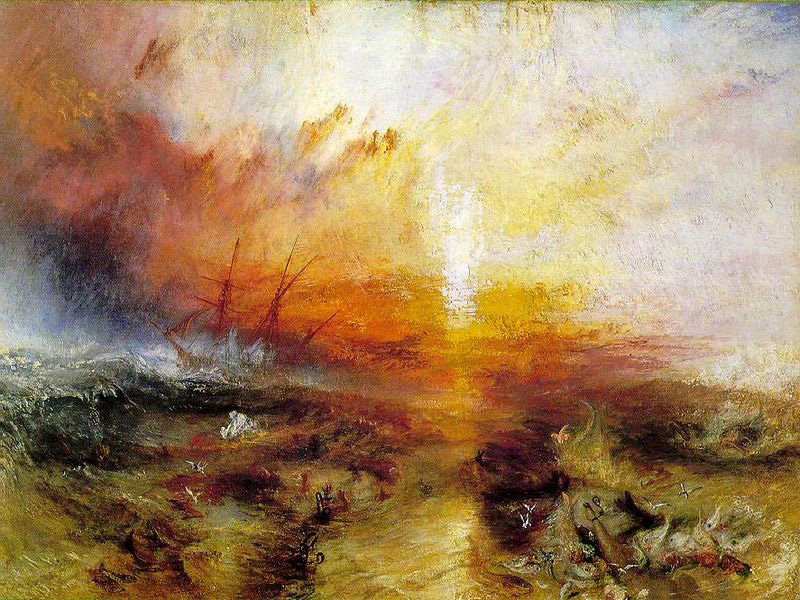
Slavery is abolished in Martinique.
Wikipedia Painting: The Slave Ship, J. M. W. Turner's representation of the mass-murder of slaves, inspired by the Zong Massacre.
May 22nd, 1856
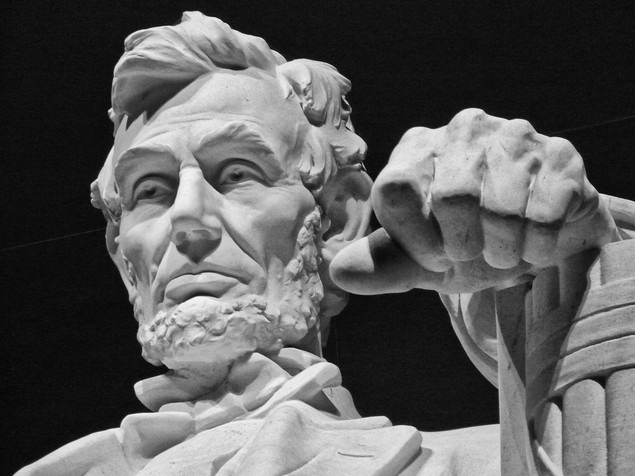
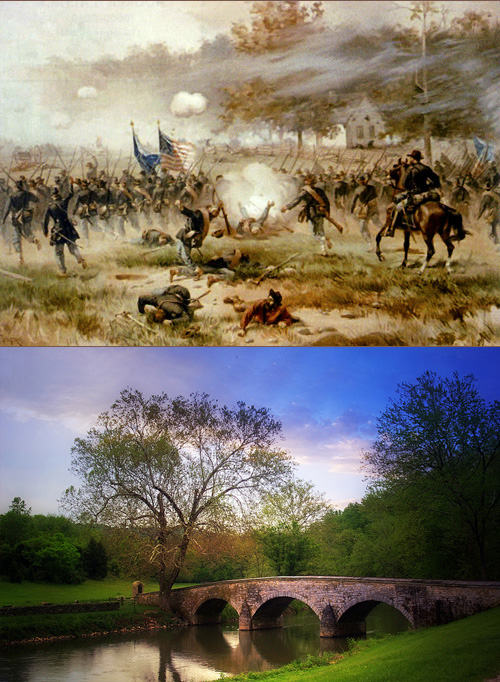
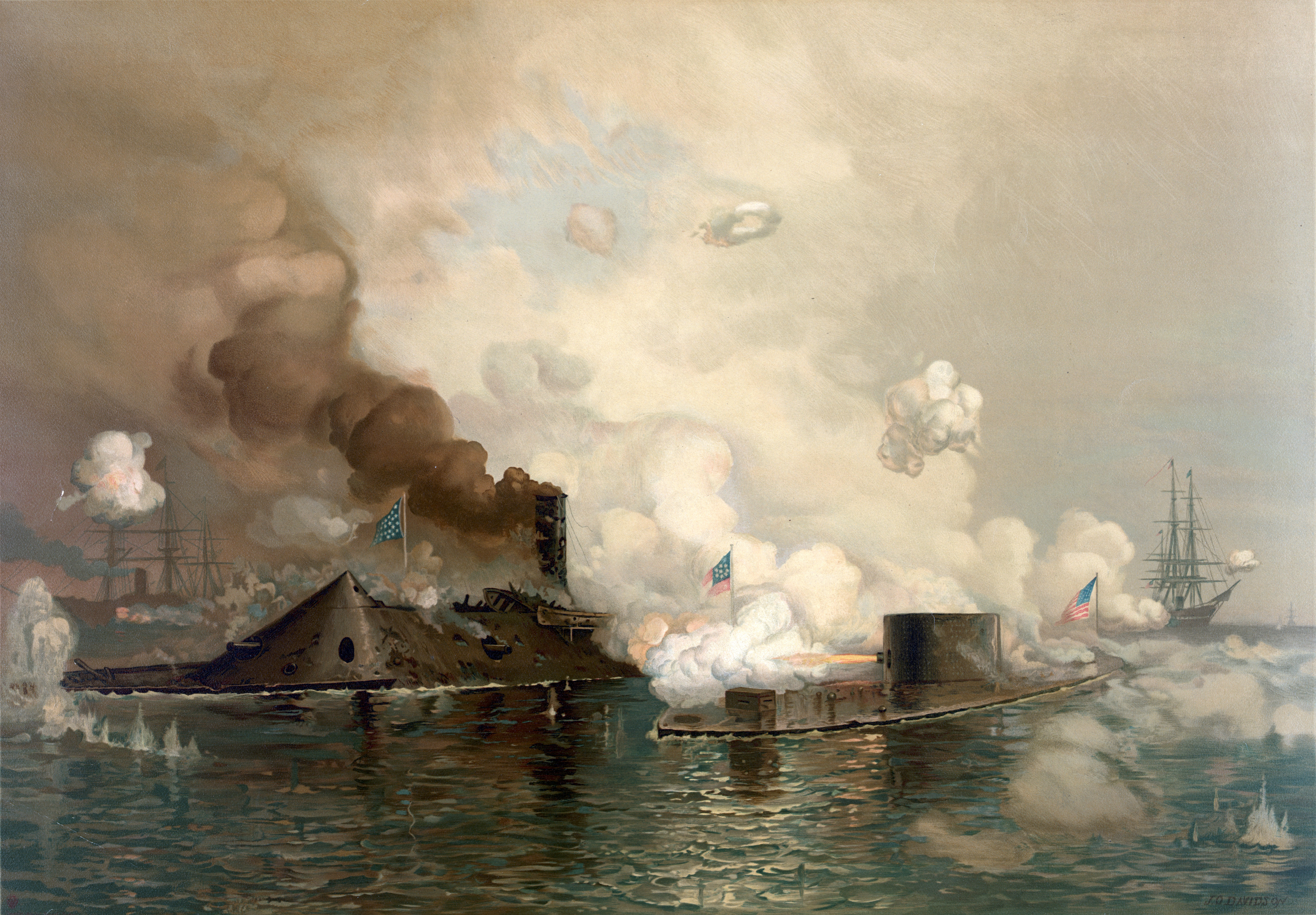
American Civil War:
1856 - "Bleeding Kansas;" Congressman Preston Brooks of South Carolina beats Senator Charles Sumner with a cane in the hall of the United States Senate for a speech Sumner had made attacking Southerners who sympathized with the pro-Slavery violence in Kansas ("Bleeding Kansas").
1863 - Siege of Port Hudson; The Union forces begin to lay siege to the Confederate-controlled Port Hudson, Louisiana.
1864 - Red River Campaign; After ten weeks, the Union forces are unable to achieve any of its objectives.
Reconstruction Era of the American Civil War:
1871 - Amnesty Act of 1872; United States President Ulysses S. Grant signs the Amnesty Act of 1872 into law restoring full civil rights to all but about 500 Confederate sympathizers.
Wikipedia Image: ● Lincoln Memorial; an American national monument built to honor the 16th President of the United States, Abraham Lincoln - located on the National Mall in Washington, D.C. across from the Washington Monument.
● The northern army led by George McClellan and the southern army led by Robert E. Lee met at Antietam Creek, Maryland in September, 1862. It was a bloody battle where 13,000 Confederates and 12,000 Union troops died in just one day. McClellan had hesitated to attack before the battle thus letting the southern troops regroup. Also, he had saved reserves and refused to use them at the end of the battle thinking that Lee was holding reserves for a counterattack, even though those reserves didn't exist. The Union victory stopped Lee's northward advance and was a turning point in the war.
● Battle of Antietam / Stone Bridge at Antietam Battlefield - Sharpsburg, Maryland
● First Battle Between Ironclads: CSS Virginia/Merrimac (left) vs. USS Monitor, in 1862 at the Battle of Hampton Roads.
● Although photography was still in its infancy, war correspondents produced thousands of images, bringing the harsh realities of the frontlines to those on the home front in a new and visceral way. The Atlantic.
May 22nd, 1906
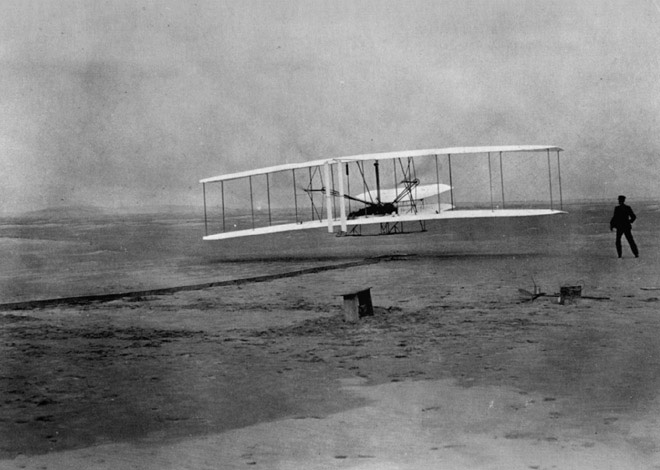
The Wright brothers are granted United States patent number 821,393 for their "Flying-Machine".
Wikipedia Photo: 1903; Orville Wright successfully makes a flight in a heavier-than-air machine that takes off from level ground under its own power and is controlled during flight. He flies the first airplane.
May 22nd, 1915
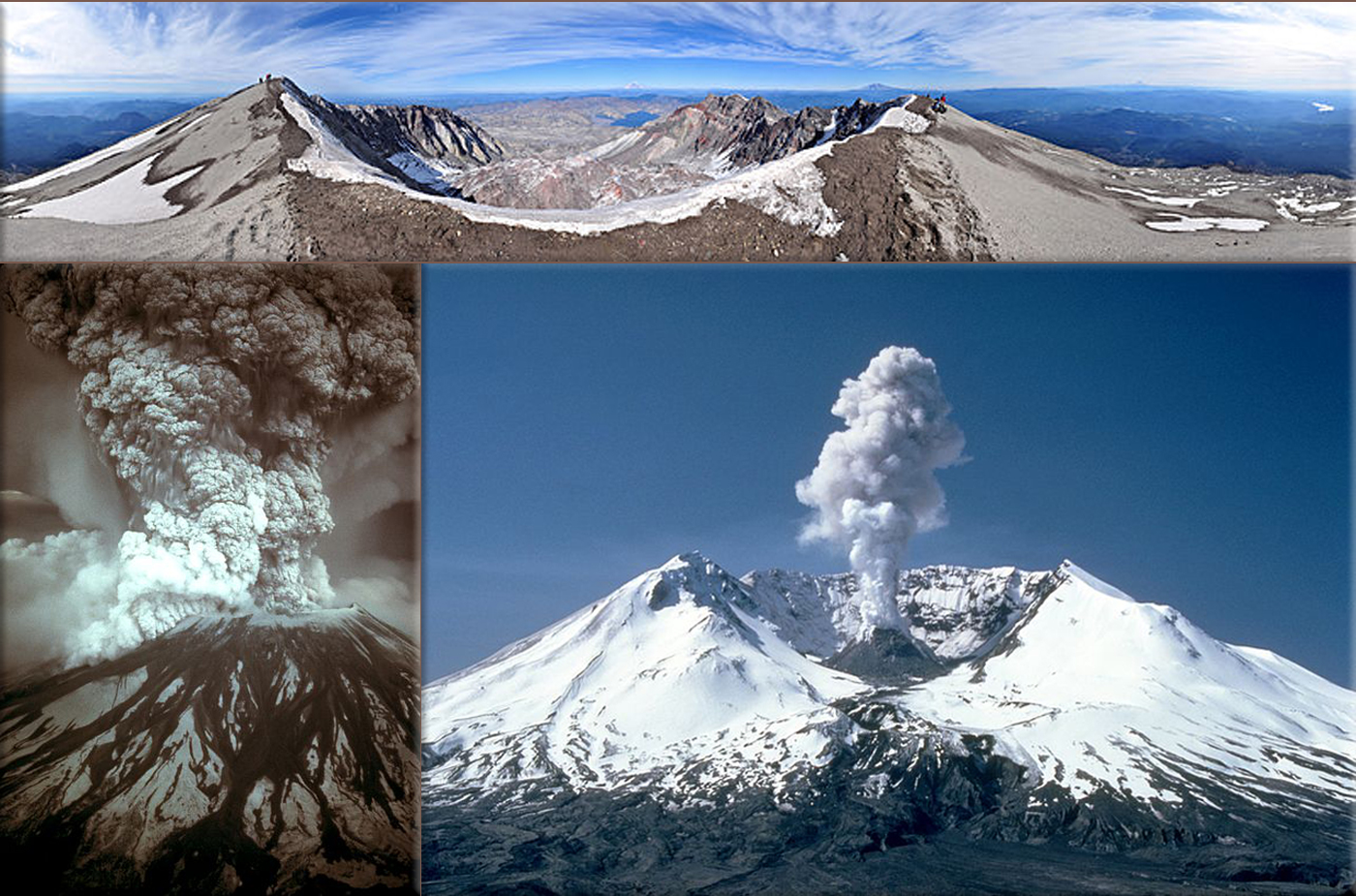
Lassen Peak erupts with a powerful force, and is the only mountain other than Mount Saint Helens to erupt in the contiguous US during the 20th century.
Wikipedia Photo: Mount Saint Helens 360° panorama from the summit of Mount St. Helens as seen in October 2009 ● Photograph of the eruption column, May 18, 1980 ● 3,000 ft (1 km) steam plume on May 19, 1982, two years after its major eruption.
May 22nd, 1915
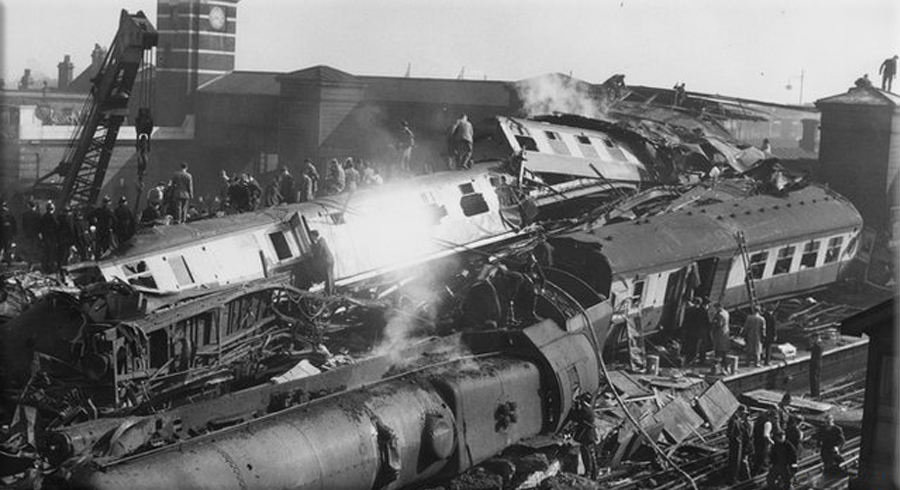
Quintinshill rail disaster: Three trains collide near Gretna Green, Scotland, killing 227 people and injuring 246; the accident is found to be the result of non-standard operating practices during a shift change at a busy junction..
Wikipedia Photo: Quintinshill rail disaster, three trains collide near Gretna Green, Scotland. credit Getty Images.
May 22nd, 1926
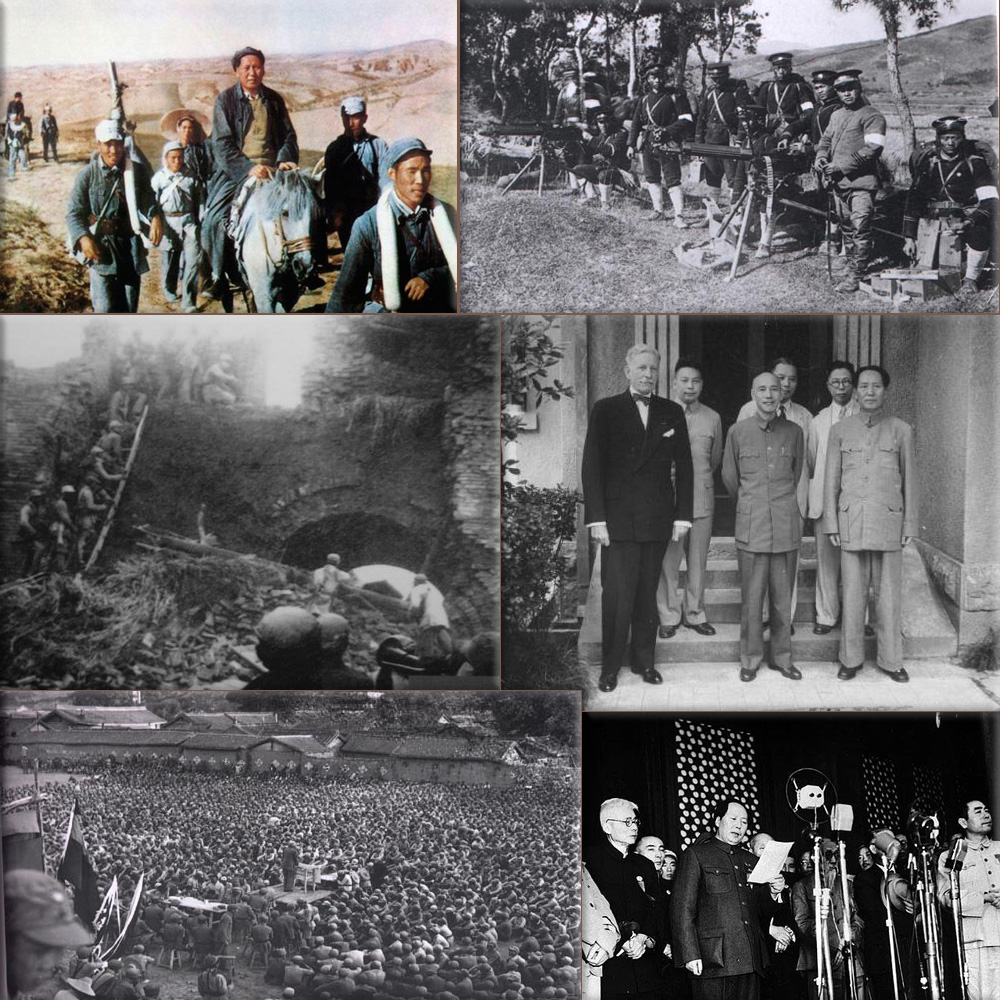
Chinese Civil War:
1926 - Chiang Kai-shek replaces communists in Kuomintang China.
Wikipedia Photo: In 1934, Mao Zedong headed the Long March. The Long March was when the Chinese Nationalists, led by Chiang Kai-shek, forced the Chinese Communists, led by Mao Zedong, on a march to the caves of Shaanxi. (colorized); Government soldiers train with modern machine guns; People's Liberation Army attacking government defensive positions in Shangtang; US diplomat Patrick J. Hurley, Chiang Ching-kuo, Chiang Kai-shek, Chang Ch'ün, Wang Shi Jie (王世杰), Mao Zedong; A Communist leader addressing Long March survivors; The PLA enters Beijing in the Pingjin Campaign and control the later capital of PRC.
May 22nd, 1942
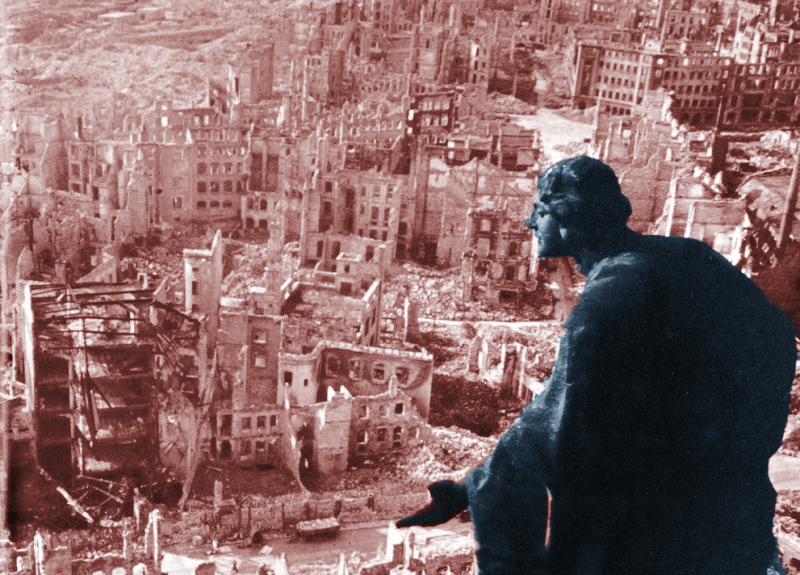

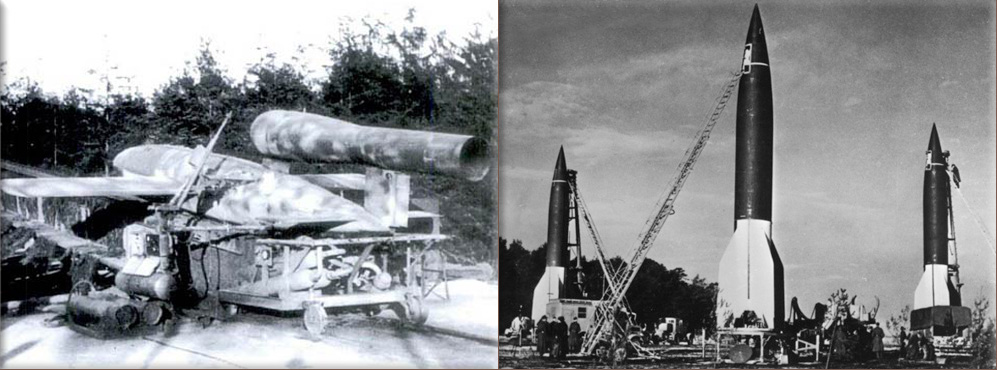
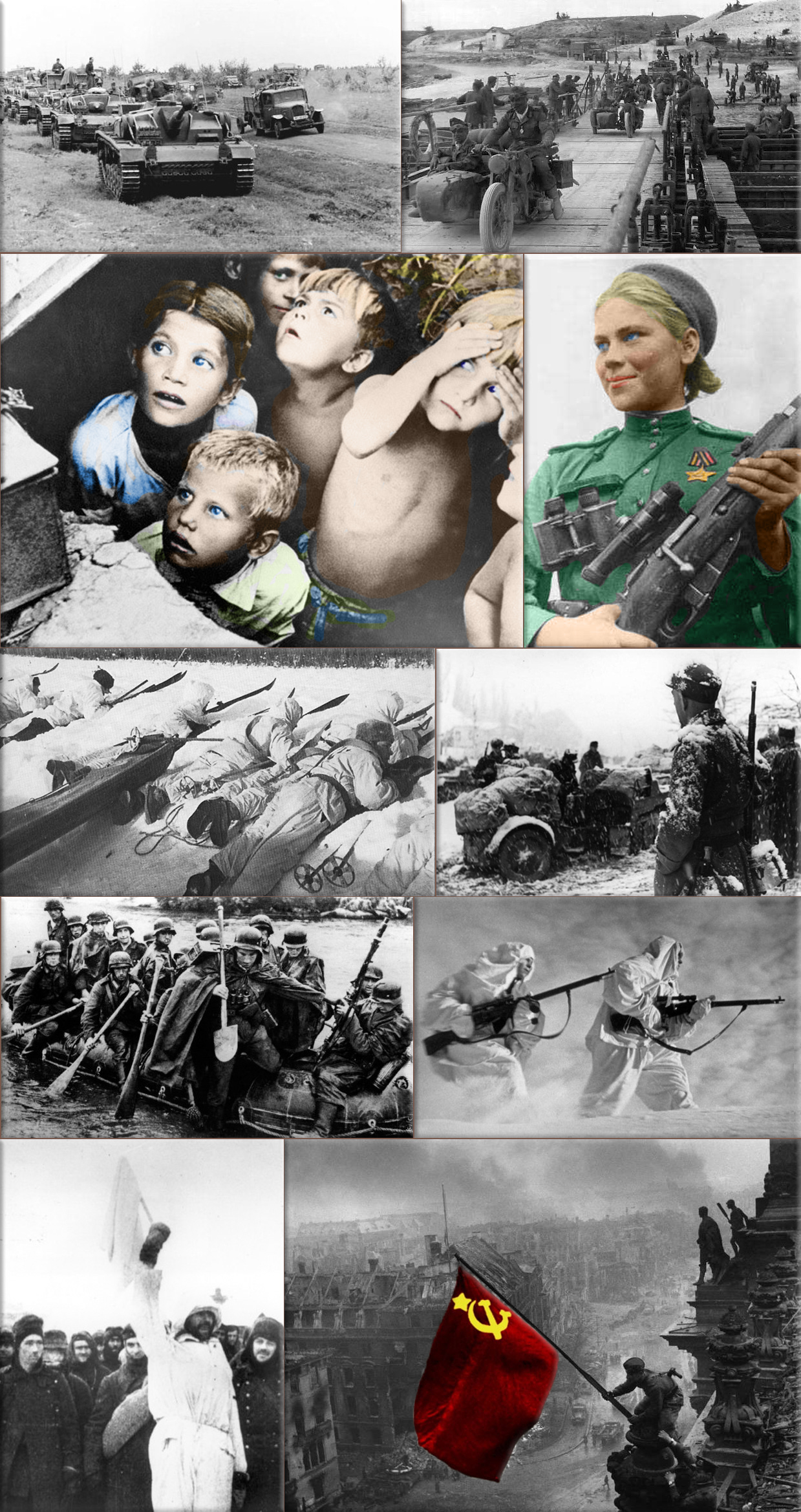
World War II:
1942 - Mexico enters World War II on the side of the Allies.
1942 - United Steelworkers trade union is formed.
1942 - Ted Williams of the Boston Red Sox enlists in the United States Marine Corps as a flight instructor.
1943 - Joseph Stalin disbands Comintern.
1945 - Operation Paperclip United States Army Major Robert B. Staver recommends that the U.S. evacuate German scientists and engineers to help in the development of rocket technology.
Wikipedia Photo: Bombing of Dresden in World War II; August Schreitmüller's sculpture 'Goodness' surveys Dresden after a firestorm started by Allied bombers in 1945.
USS Bunker Hill was hit by kamikazes piloted by Ensign Kiyoshi Ogawa and another airman on 11 May 1945. 389 personnel were killed or missing from a crew of 2,600; Ensign Kiyoshi Ogawa, who flew his aircraft into the USS Bunker Hill during a Kamikaze mission on 11 May 1945; Kamikaze Missions - Lt Yoshinori Yamaguchi's Yokosuka D4Y3 (Type 33 Suisei) "Judy" in a suicide dive against USS Essex. The dive brakes are extended and the non-self-sealing port wing tank is trailing fuel vapor and/or smoke 25 November 1944.
German V1 flying-bomb and V2 Rockets - Preparations for a Salvo Launch of V-2 Rockets in the Heidelager near Blizna (Poland) (1944), credit German History in Documents and Images GHDI.
Eastern Front (World War II); Germans race towards Stalingrad. August 1942; Soviet children during a German air raid in the first days of the war, June 1941, by RIA Novosti archive; Soviet sniper Roza Shanina in 1944. About 400,000 Soviet women served in front-line duty units Caucasus Mountains, winter 1942/43; Finnish ski patrol: the invisible enemy of the Soviet Army with an unlimited supply of skis; Men of the German Engineers Corps cross a river which is swollen after the first autumn rains, to strengthen bridges linking the German positions on the central front in Russia. by Keystone / Getty Images. October 1942; Russian snipers fighting on the Leningrad front during a blizzard. Photo by Hulton Archive / Getty Images, 1943; German soldiers surrendering to the Russians in Stalingrad, the soldier holding the white flag of surrender is dressed in white so that there could be no doubt of his intentions, a Russian soldier is on the right of the photograph. by Keystone / Getty Images, January 1943.
May 22nd, 1947
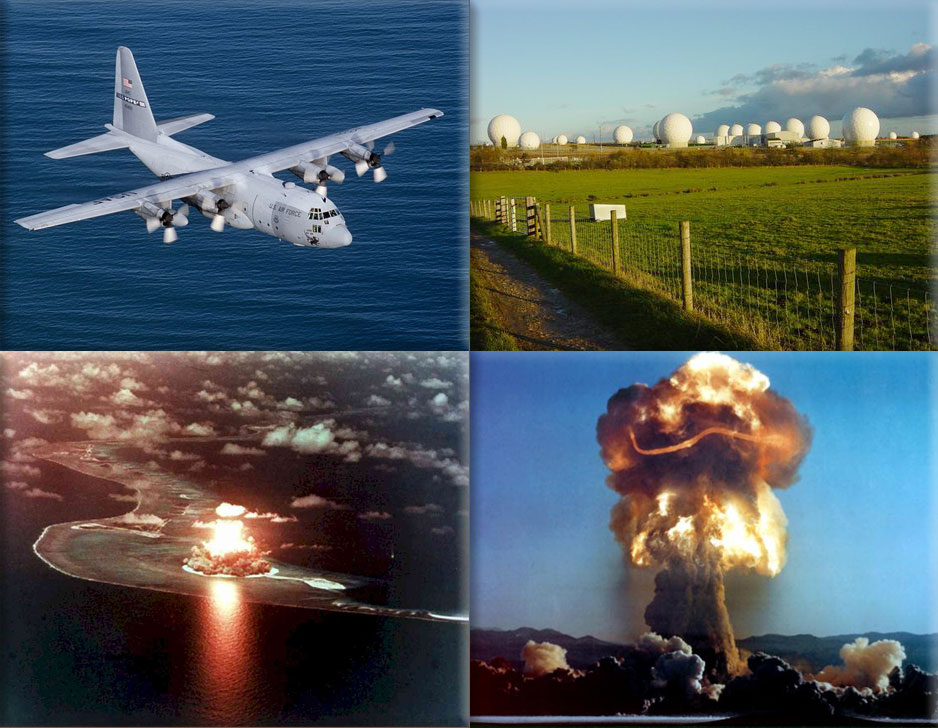


Cold War:
1947 - In an effort to fight the spread of Communism, United States President Harry S. Truman signs an act into law that will later be called the Truman Doctrinel. The act grants $400 million in military and economic aid to Turkey and Greece, each battling an internal Communist movement.
Wikipedia Photo: Lockheed C-130 Hercules; RAF Menwith Hill, a large site in the United Kingdom, part of ECHELON and the UKUSA Agreement; New Zealand nuclear test, British nuclear tests near the Malden and Christmas Islands in the mid-Pacific in 1957 and 1958; Nevada nuclear tests, Nevada Division of Environmental Protection Bureau of Federal Facilities.
U2, Lockheed TR-1 in flight.
May 22nd, 1958
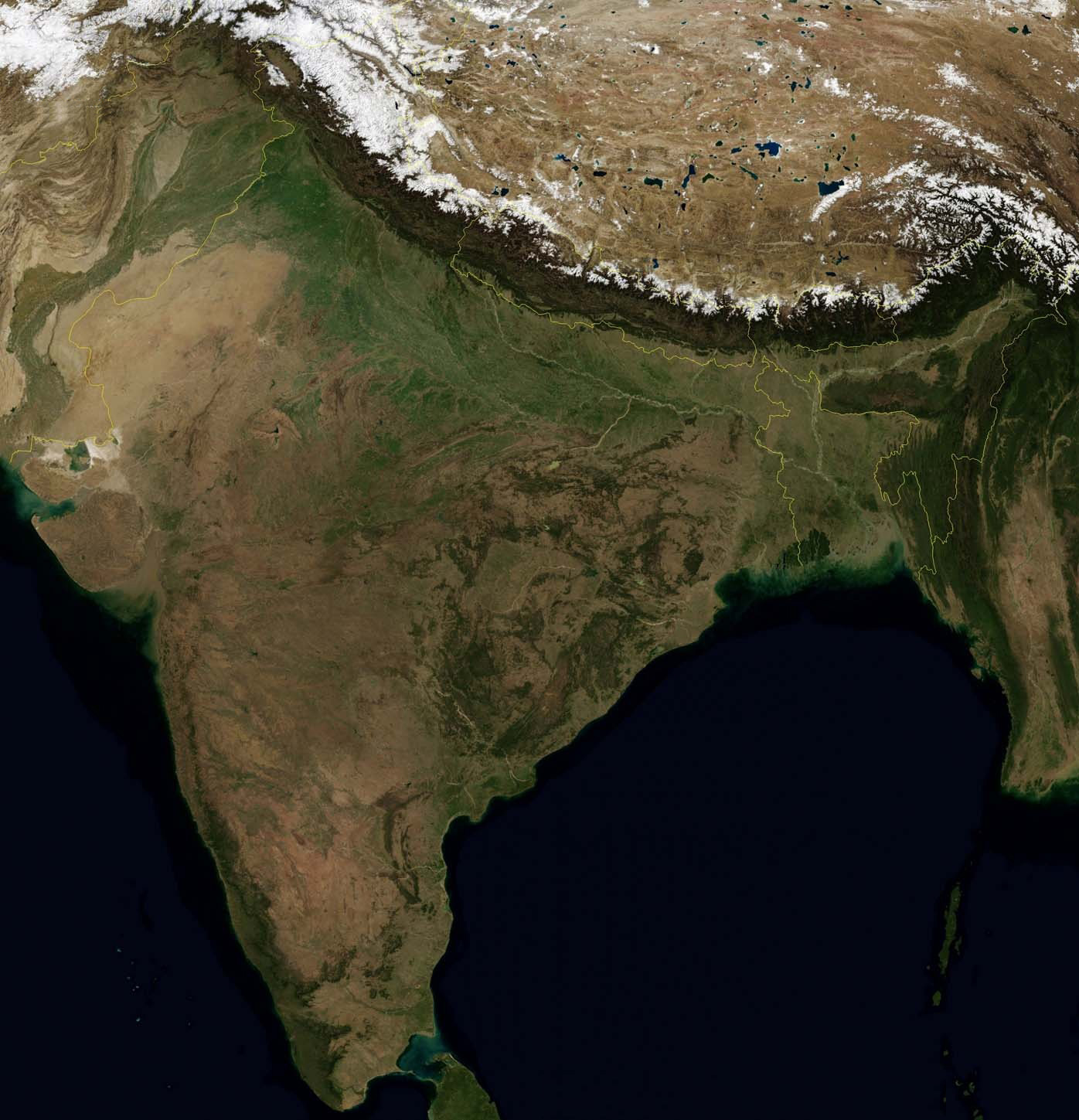
Indian subcontinent:
1958 - Sri Lankan riots (1958); This riot is a watershed event in the race relationship of the various ethnic communities of Sri Lanka. The total number of deaths is estimated to be 300, mostly Sri Lankan Tamils.
1972 - Ceylon adopts a new constitution, thus becoming a Republic, changes its name to Sri Lanka, and joins the Commonwealth of Nations.
1987 - Hashimpura massacre; In Meerut, India.
Wikipedia Image: Map Satellite India, Pakistan, Nepal, Bhutan, Tibet AR, Bangladesh.
May 22nd, 1960

Earthquake:
1960 - Great Chilean Earthquake; An earthquake measuring 9.5 on the moment magnitude scale, hits southern Chile. It is the most powerful earthquake ever recorded.
1961 - New South Wales earthquake; rocks New South Wales.
Wikipedia Image: Preliminary Determination of Epicenters / Aleppo Syria; Anchorage, Alaska - March 28, 1964 Prince William Sound USA earthquake and tsunami; 8.9 Mega Earthquake Strikes Japan; Tsunami Swirls Japan's Ibaraki Prefecture March 12 2011. credit NOAA / NGDC, NOAA National Geophysical Data Center, USGS, National Geographics.
May 22nd, 1962
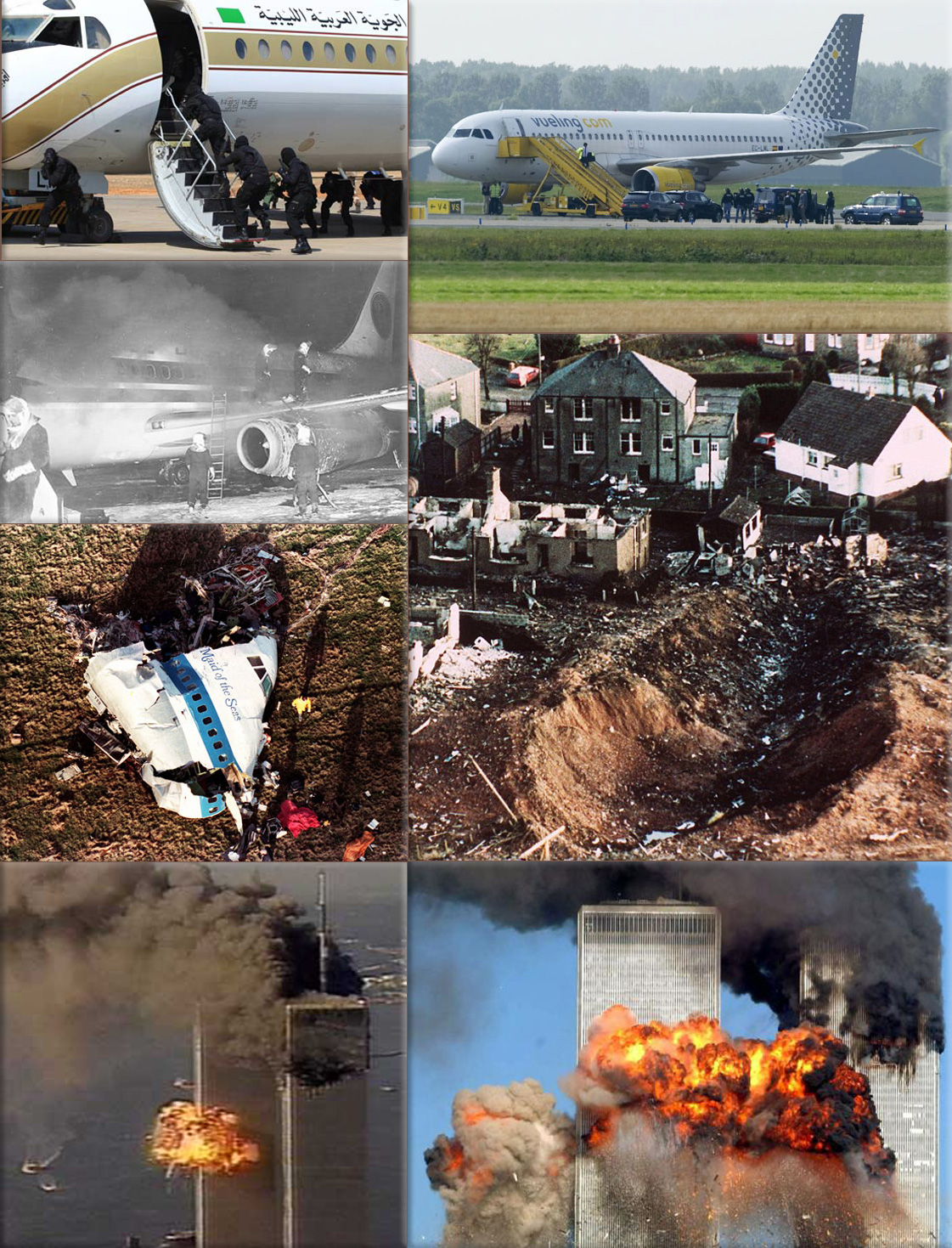
Aircraft hijacking:
1962 - Continental Airlines Flight 11; crashes after bombs explode on board.
Wikipedia Photo: Hijacked Sudan passenger jet lands in Libya, August 27, 2008; Amsterdam false alarm revives airplane hijacking memories, Passengers leave a Vueling plane at a field near Amsterdam Airport after a hijack scare last week that led the Netherlands to scramble F-16 fighter jets, September 2, 2012 Reuters; Egypt Air flight 648 was hijacked in November 1985 by the terrorist Abu Nidal organisation, credit AP; Cockpit section of Pan Am 103 wreckage following a mid-air explosion, December 21, 1988; 747 Pan Am airliner that exploded and crashed over Lockerbie, Scotland, with 259 passengers on board in 1988; Debris lies in a deep gash through the town of Lockerbie, Scotland, caused by the crash of Pan Am flight 103, credit AP; Flight 175 hits the WTC South Tower. The picture was taken from a traffic helicopter. credit: WABC 7/ Salient Stills; Hijacked United Airlines Flight 175 from Boston crashes into the South Tower of the World Trade Center and explodes at 9:03 a.m. on September 11, 2001 in New York City, credit Spencer Platt / Getty Images.
May 22nd, 1968
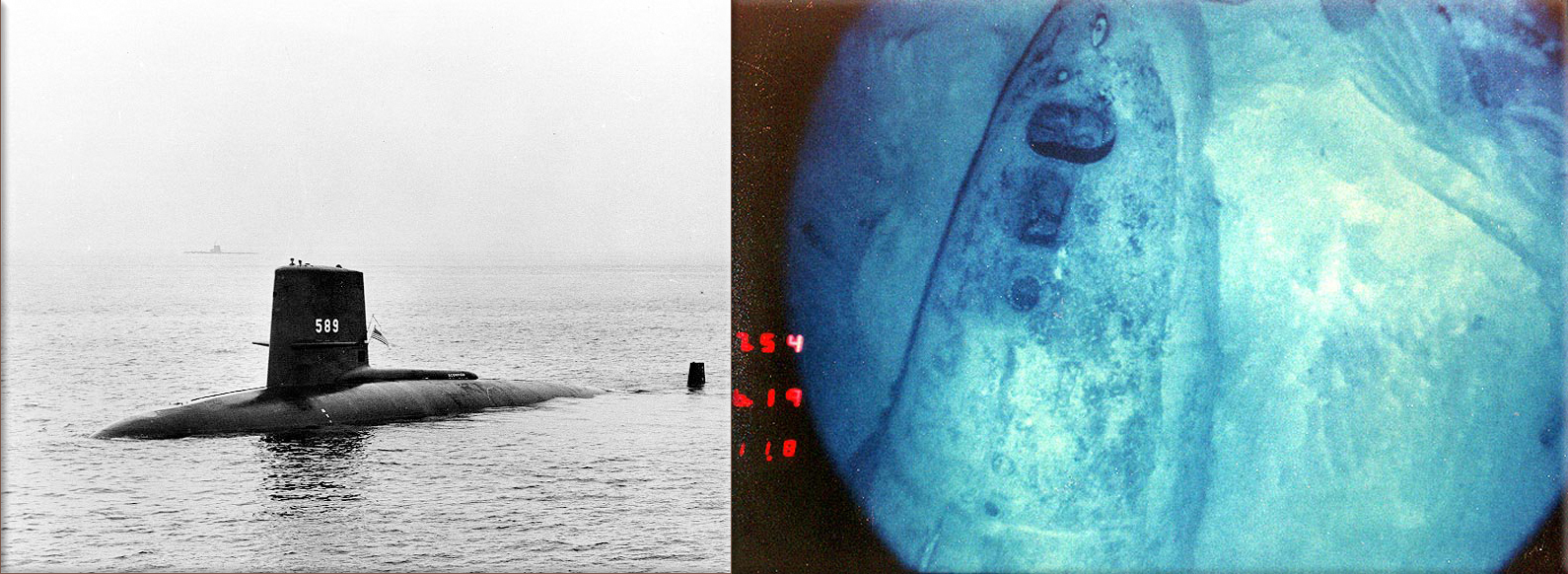
The nuclear-powered submarine USS Scorpion sinks with 99 men aboard 400 miles southwest of the Azores.
Wikipedia Photo: USS Triton ● Bow section of the sunken Scorpion containing two nuclear torpedoes on the sea floor, credit Navalhistory.org
May 22nd, 1969
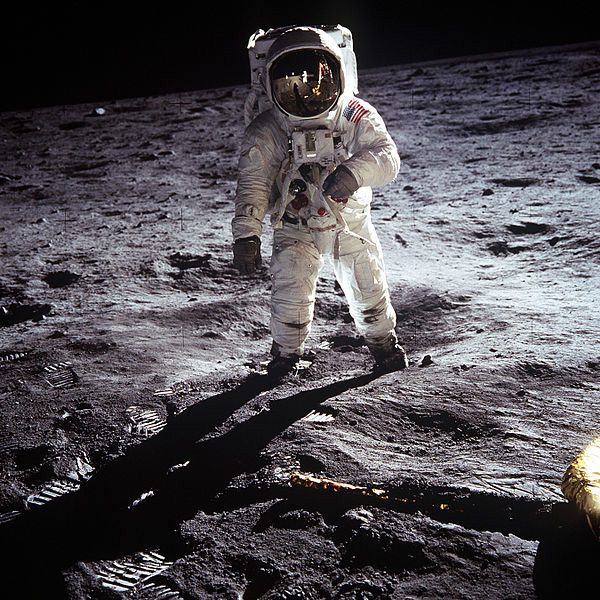

Apollo Program: NASA's Apollo 10's lunar module flies within 8.4 nautical miles (16 km) of the moon's surface.
Wikipedia Photo: Apollo Program: Apollo 11 first manned Moon landing and the first walk on the surface on the moon. Astronaut Buzz Aldrin walks on the surface of the moon near the leg of the lunar module Eagle. Apollo 11 Commander Neil Armstrong took this photograph with a 70mm lunar surface camera. Armstrong and Aldrin explored the Sea of Tranquility for two and a half hours while crewmate Michael Collins orbited above in the command module Columbia.
The Blue Marble is a famous photograph of the Earth, taken on December 7, 1972, by the crew of the Apollo 17 spacecraft, at a distance of about 45,000 kilometres (28,000 mi).
May 22nd, 1980

Namco releases the highly influential arcade game Pac-Man.
Wikipedia Image: Pac-Man
May 22nd, 1992
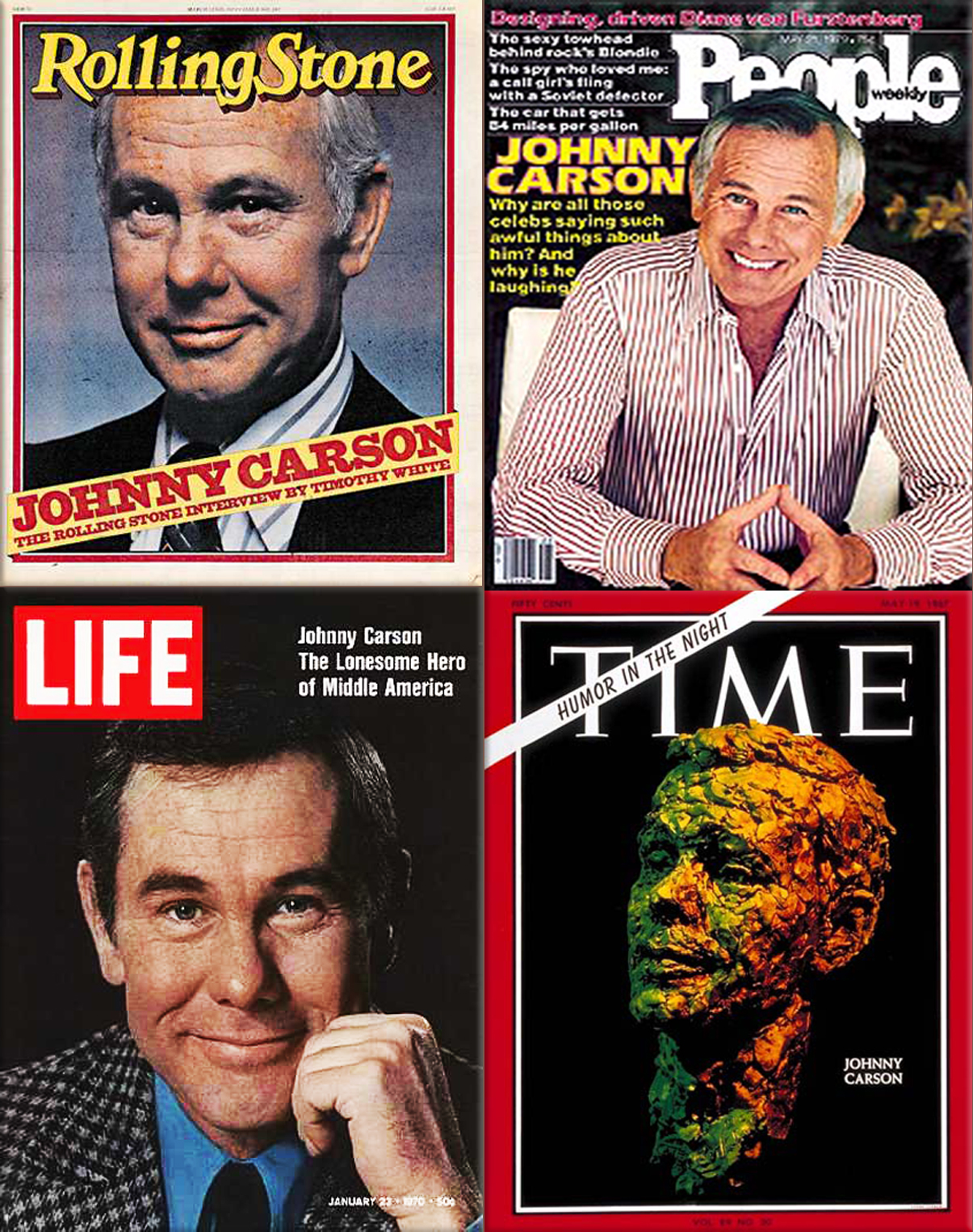
After 30 years, 66-year-old Johnny Carson hosts The Tonight Show for the last time.
Wikipedia Photo: Johnny Carson; (October 23, 1925 – January 23, 2005) an American television host and comedian, known for thirty years as host of The Tonight Show Starring Johnny Carson (1962–1992). (Carson received six Emmy Awards ● the Governor Award ● 1985 Peabody Award ● inducted into the Television Academy Hall of Fame in 1987 ● awarded the Presidential Medal of Freedom in 1992 ● received a Kennedy Center Honor in 1993)
May 22nd, 1998

Monica Lewinsky scandal: A federal judge rules that United States Secret Service agents can be compelled to testify before a grand jury concerning the scandal, involving United States President Bill Clinton.
Wikipedia Photo: Monica Lewinsky scandal, Time Cover Story "If it were not for Monica Lewinsky, I think we would have Social Security ..."
May 22nd, 2002

In Washington, D.C., the remains of the missing Chandra Levy are found in Rock Creek Park.
Wikipedia Photo: Chandra Levy (April 14, 1977 – May 1, 2001) was an American intern at the Federal Bureau of Prisons in Washington, D.C., who disappeared in May 2001.
May 22nd, 2008
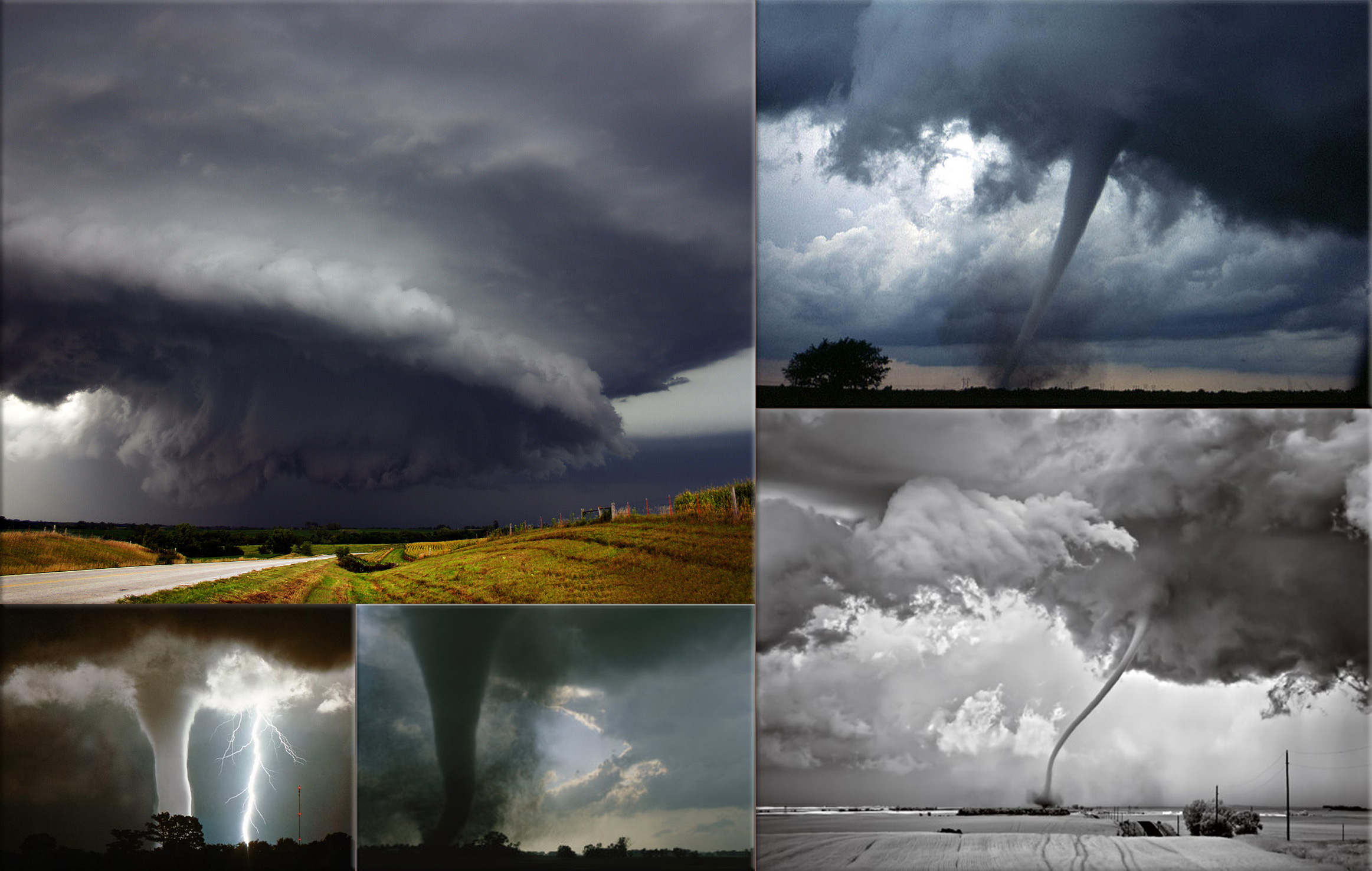
Tornadoes:
2008 - Late-May 2008 tornado outbreak sequence; unleashes 235 tornadoes, including an EF4 and EF5 tornado, between May 22 and May 31, 2008. The tornadoes struck 19 states and one Canadian province.
2011 - An EF5 tornado strikes Joplin, Missouri killing 161 people, the single deadliest tornado in the United States since modern record keeping began in 1950.
Wikipedia Photo: Weather Front System; Tornado near Anadarko, Oklahoma; North Dakota Tornado; F3 Category Tornado Swirls Across A South Dakota Prairie by Carsten Peter; A waterspout parallels a lightning strike over Lake Okeechobee in Florida, by Fred K. Smith, National Geographics, Extream Instability.
May 22nd, 2012
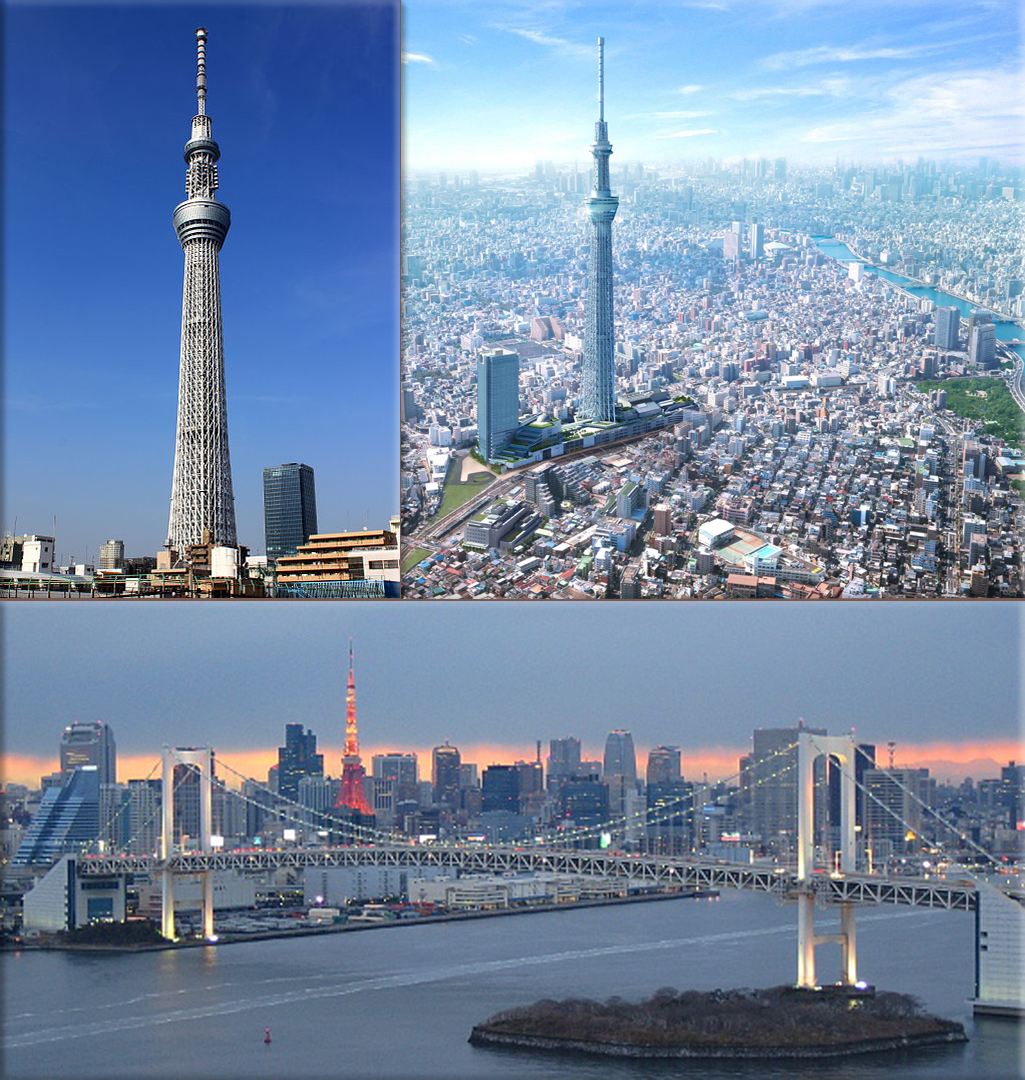
Tokyo Skytree is opened to public. Its the tallest tower in world (634 m), and the second tallest man-made structure on Earth, after Burj Khalifa (829.8 m).
Wikipedia Photo: Tokyo Skytree in Japan.
May 22nd, 2013
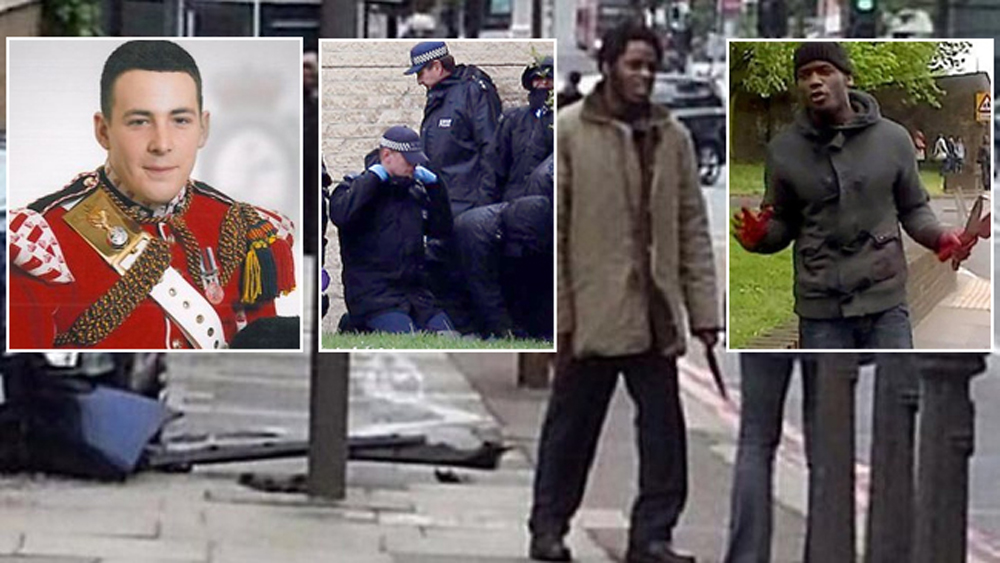
British soldier Lee Rigby was murdered in a London Street during a terrorist attack.
Wikipedia Photo: Murder of Lee Rigby in southeast London.
May 21st, 2017
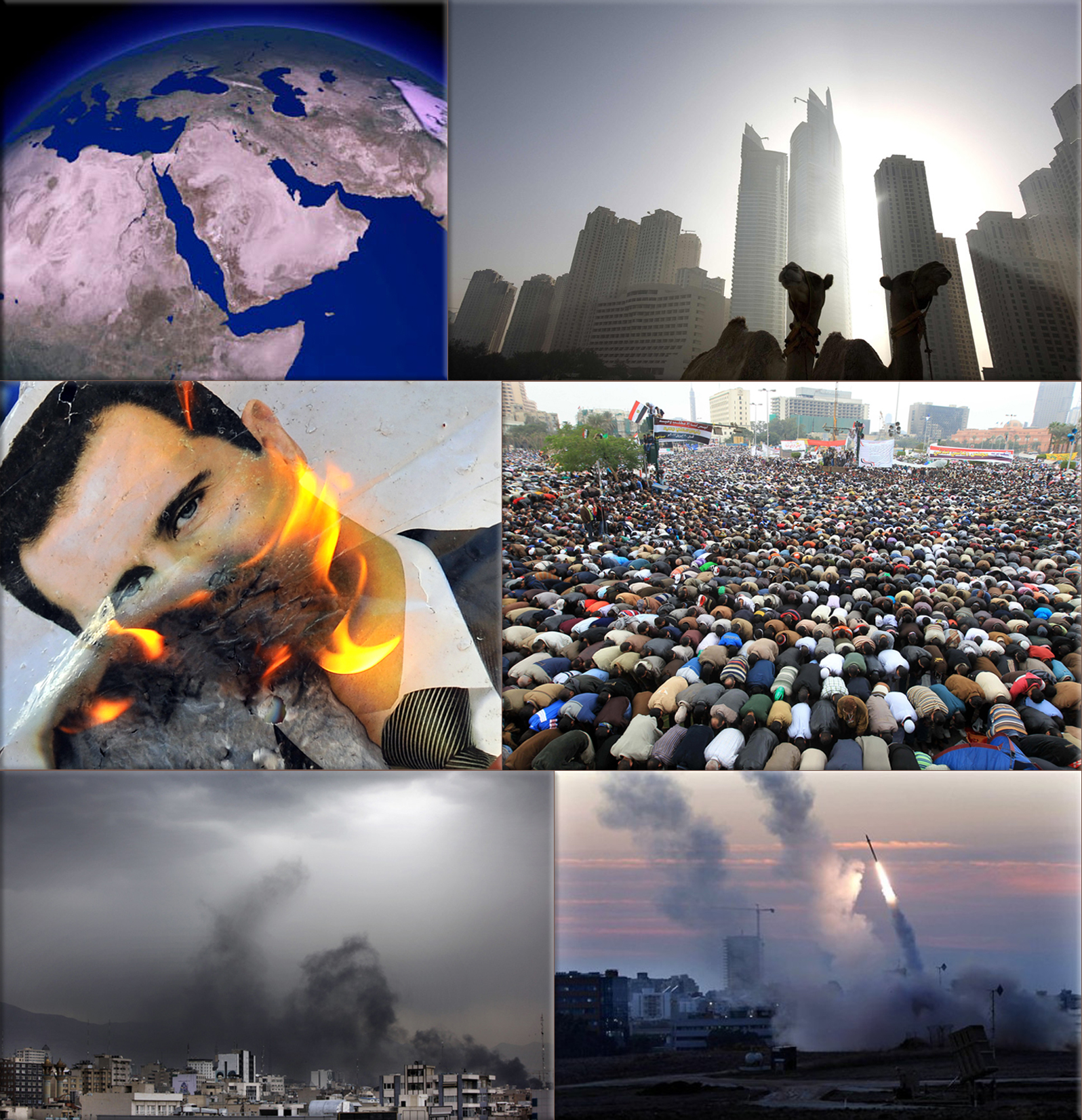
Modern conflicts in the Middle East, social unrest and terrorist attacks:
2017 - Manchester Arena bombing; 22 people are killed at an Ariana Grande concert.
2014 - MÜrümqi attack; An explosion occurs in Ürümqi, capital of China's far-western Xinjiang region, resulting in at least 43 deaths and 91 injuries.
2014 - General Prayut Chan-o-cha becomes interim leader of Thailand in a military coup d'état, following six months of political turmoil.
Wikipedia Photo: Middle East satellite image, NASA. ● Camels are seen early morning on a beach in the Marina area of Dubai October 16, 2008. (Steve Crisp, Reuters) ● A portrait of Syrian President Bashar al-Assad burns during clashes between rebels and Syrian troops in Selehattin, near Aleppo, on July 23, 2012. (Bulent Kilic, AFP / GettyImages) ● Egyptians gather in their thousands in Tahrir Square to mark the one year anniversary of the revolution on Jan. 25, 2012 in Cairo Egypt. Tens of thousands have gathered in the square on the first anniversary of the Arab uprising which toppled President Hosni Mubarak. (Jeff J Mitchell, Getty Images) ● Black smoke rises above the Tehran skyline as supporters of Mir Hossein Mousavi burn tires and other material in the streets as they fight running battles with police to protest the declared results of the Iranian presidential election in Tehran, Iran, Saturday, June 13, 2009. (Ben Curtis, AP) ● The Iron Dome defense system fires to interecpt incoming missiles from Gaza in the port town of Ashdod, Thursday, Nov. 15, 2012. (Tsafrir Abayov, AP)
